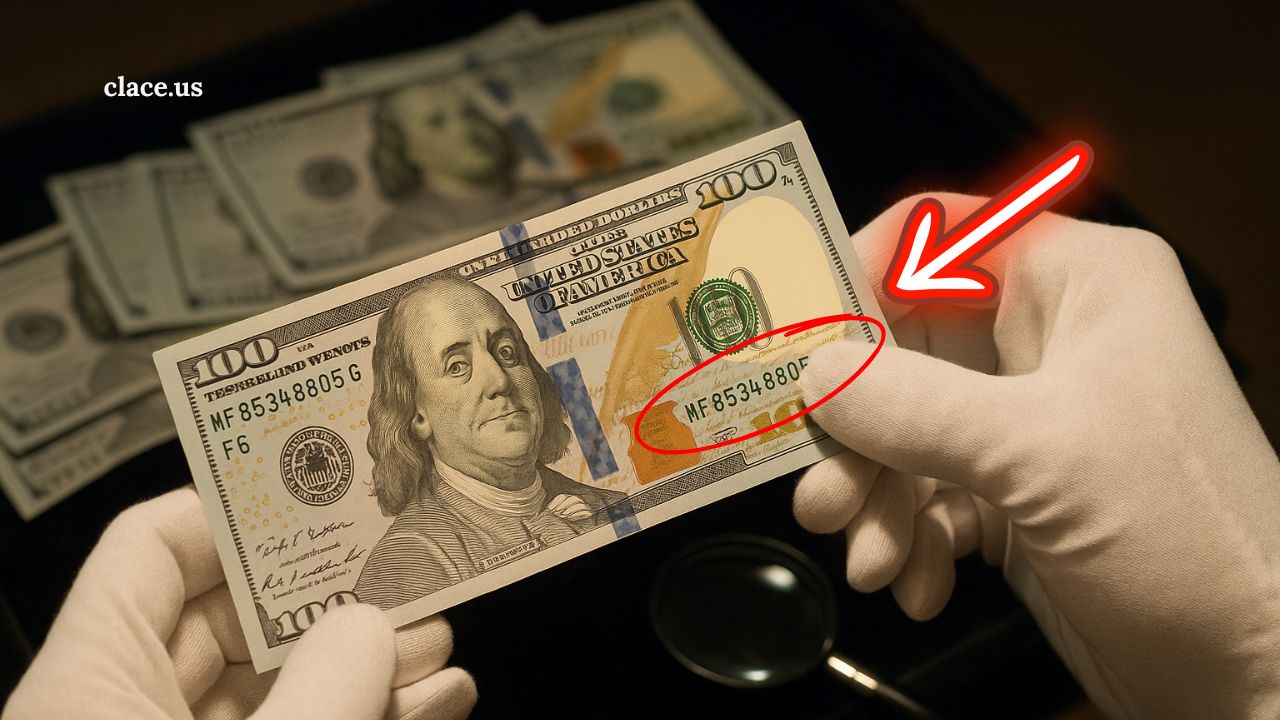2013 $100 Bills Could Make You Rich – Find Out Why Collectors Are Paying Thousands
For most people, a $100 bill is simply a large denomination of U.S. currency used for everyday transactions. But for collectors, certain 2013 series $100 bills are worth far more than face value.
Some of these notes, especially Star Notes and those with unique serial numbers, are so rare that they have sold for thousands of dollars in auctions and private sales.
With demand from collectors surging, ordinary Americans could unknowingly be carrying a small fortune in their wallets. The question is: how do you know if your 2013 $100 bill is one of those valuable gems? Let’s break it down.
Why 2013 $100 Bills Are Valuable
Not every 2013 $100 bill is special, but certain features can make them highly collectible. Here are the main reasons some are worth far more than $100:
1. Star Notes (Replacement Notes)
Star Notes are printed to replace bills that were damaged or misprinted during production. Instead of reprinting an entire batch, the Bureau of Engraving and Printing issues these replacement notes, identifiable by a star symbol (★) at the end of the serial number. Since they are printed in limited numbers, Star Notes are always rarer than standard notes.
2. Low Print Runs
The fewer Star Notes printed for a given series or district, the rarer and more valuable they become. Certain 2013 Star Notes had print runs in the hundreds of thousands, which is extremely low compared to millions of regular notes.
3. Unique Serial Numbers
Collectors place a premium on bills with distinctive serial numbers, including:
- Repeating numbers (e.g., 77777777)
- Sequential numbers (e.g., 12345678)
- Radar or palindrome numbers (e.g., 45677654)
- Solid numbers (e.g., 11111111)
4. Condition and Grading
The condition of a note matters significantly. Uncirculated notes with no folds, creases, or marks fetch much higher prices than circulated ones. Professionally graded notes (such as those rated by PMG) attract even greater interest.
How Much Can 2013 $100 Bills Be Worth?
Depending on rarity, condition, and serial numbers, the value of a 2013 $100 bill can range from just above face value to several thousand dollars.
| Type of Note | Estimated Value Range |
|---|---|
| Standard circulated Star Note | $150 – $400 |
| Uncirculated Star Note | $300 – $600 |
| Fancy serial number (radar, solid) | $1,000 – $5,000+ |
| Ultra-rare Star Note (low run + serial) | $10,000 or more |
How to Check If You Have a Rare 2013 $100 Bill
- Look for the Star – Check the serial number; if there’s a star at the end, it’s a replacement note.
- Examine the Serial Number – Is it repeating, sequential, or a unique pattern? If yes, the value goes up.
- Assess Condition – Is it crisp, uncirculated, and free of damage? Better condition means higher value.
- Check Print Run Information – Lower print runs equal greater rarity.
- Consider Professional Grading – Having your bill graded by an official agency can boost value and buyer confidence.
Why Collectors Are Paying Thousands
Collectors aren’t just buying these notes for fun—they are investing in rarity. With Star Notes being printed in far smaller quantities, and unique serial numbers offering one-of-a-kind appeal, these bills have become hot commodities in the collectibles market.
It’s also about supply and demand. With more collectors entering the currency market, competition for rare 2013 $100 bills continues to drive up prices.
A 2013 $100 bill could be worth far more than its face value, especially if it’s a Star Note, part of a low print run, or features a unique serial number. In top condition, some of these bills have already sold for thousands of dollars, and demand is only growing.
So before you spend that crisp 2013 $100 bill, take a closer look—you might just be holding a hidden fortune.
FAQs
Look at the serial number. If there’s a star symbol (★) at the end instead of a letter, it’s a Star Note.
Yes. While uncirculated bills are worth the most, even circulated Star Notes can sell for $150–$400, depending on rarity.
Exceptionally rare Star Notes with low print runs and special serial numbers have sold for $10,000 or more at auction.
